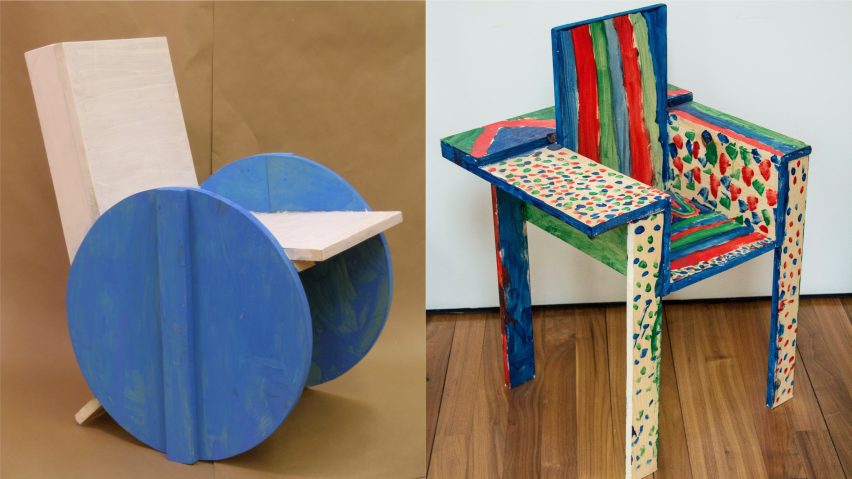
Primary school children design wooden seats in Grade Three Chairs project
Art instructor Bruce Edelstein has collated a series of "playful, exuberant" chairs, that were designed, built and decorated by children between the ages of seven and ten over the course of a school semester.
The project, titled Grade Three Chairs, has seen Edelstein run a workshop with third-grade students at New York's Trinity School for more than 18 years, introducing them to the idea that they can have an active hand in shaping the world they inhabit.
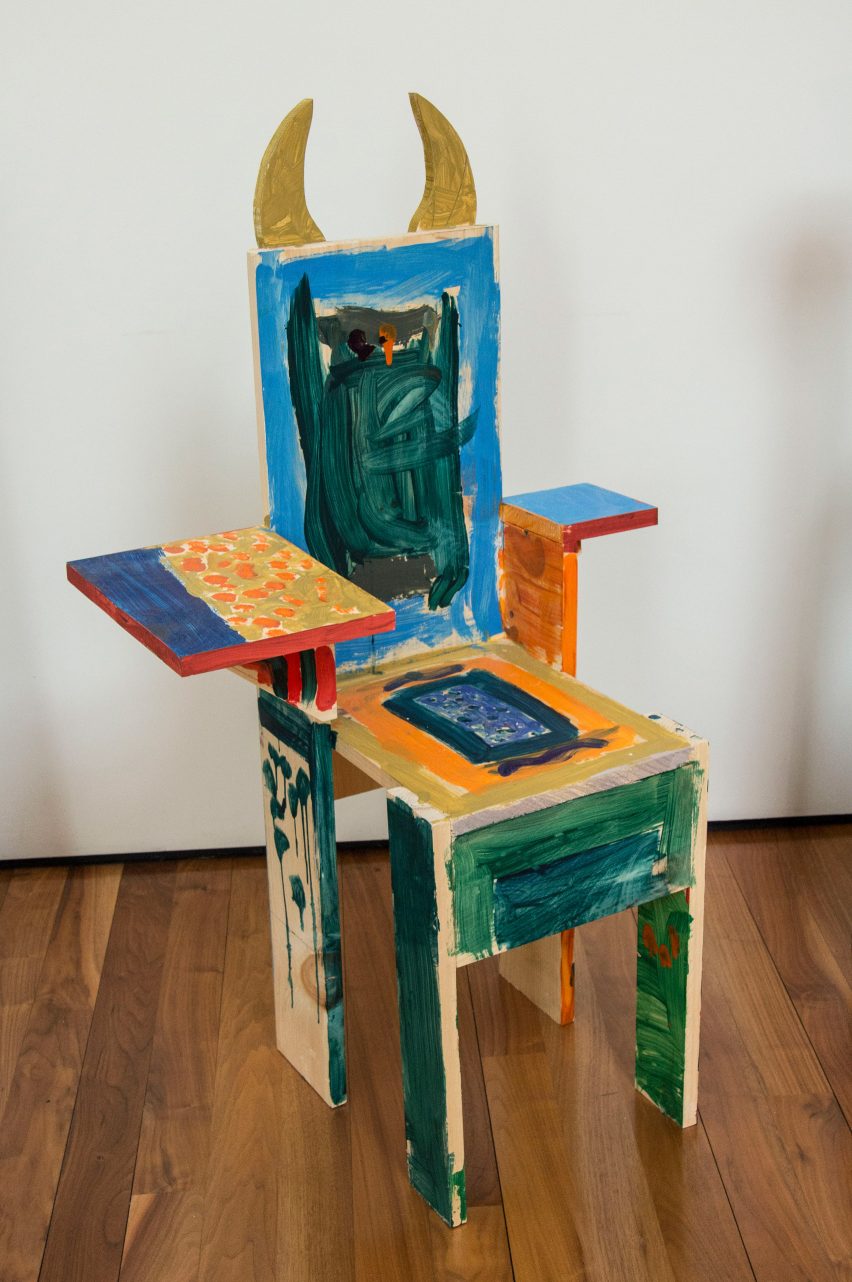
"The first thing I say in class is: look at the things around you, maybe it's a lamp or a bench but someone has to figure out how to make those things and design them," Edelstein told Dezeen.
"And frankly, that had never occurred to them before. So I want to raise kids to get a sense that they can participate in the things that surround them. By doing this, you appreciate objects in a different way and you understand how they come to be."
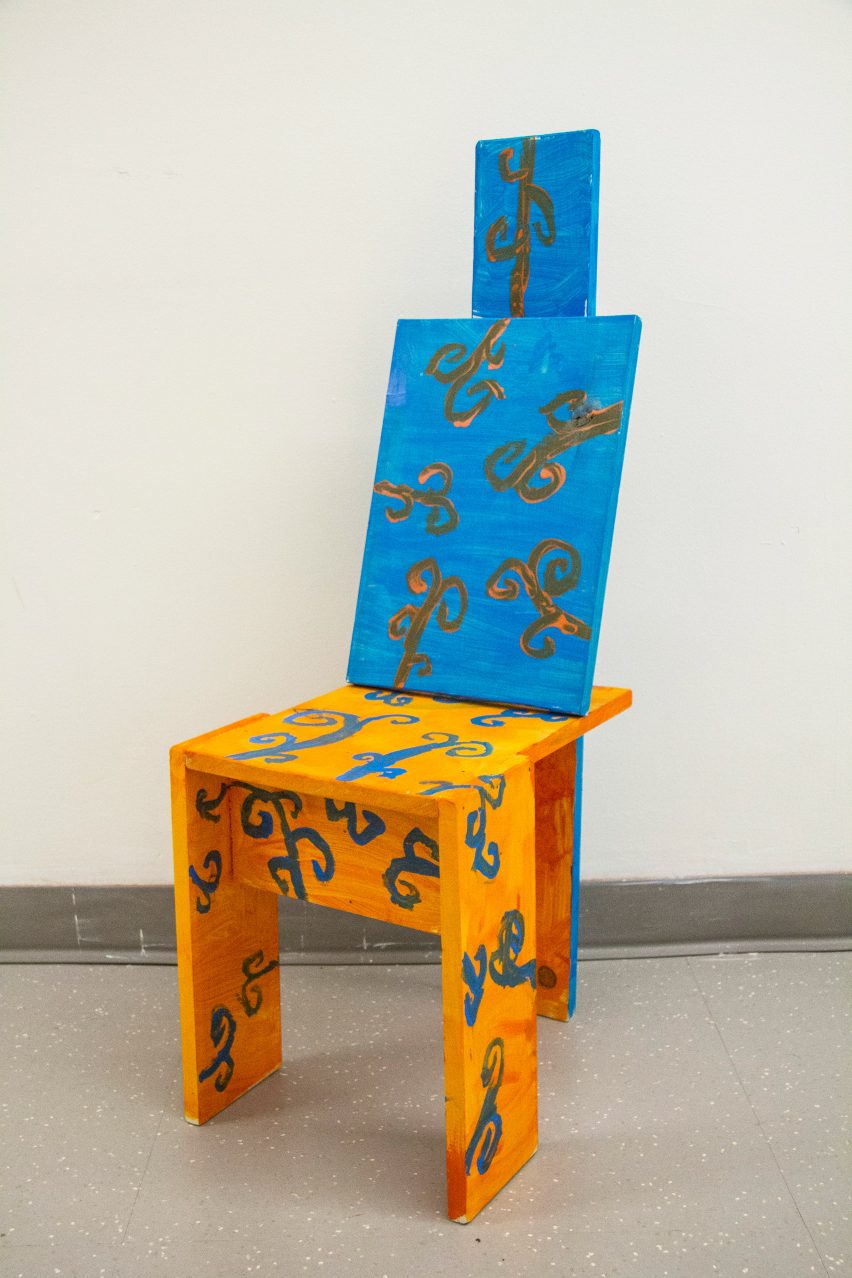
The brief to the students is always the same: to build a chair for themselves that is unique to them, using only simple pinewood planks.
This task is broken down into weekly, hour-long sessions, in which the kids first sketch their design before creating a paper scale model to get a sense for how it could actually be put together.
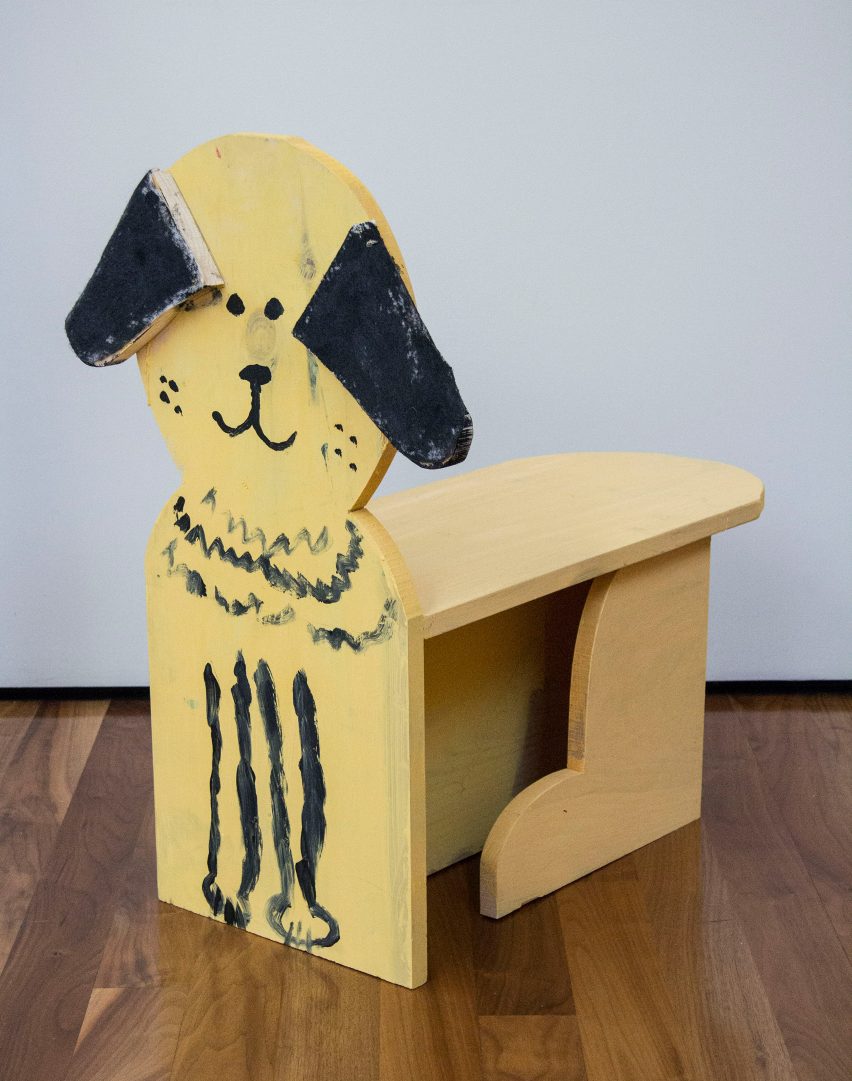
Along the way, Edelstein makes a point of deconstructing the concept of a chair, its function and constituent elements, to help the children explore different design possibilities.
"I'll ask things like: does it need four legs?" he said. "There's always a little pause and then they start breaking down what holds up the chair. Can you do it in three legs, would two big legs be fine? And they start seeing that there are lots of ways to make something work."
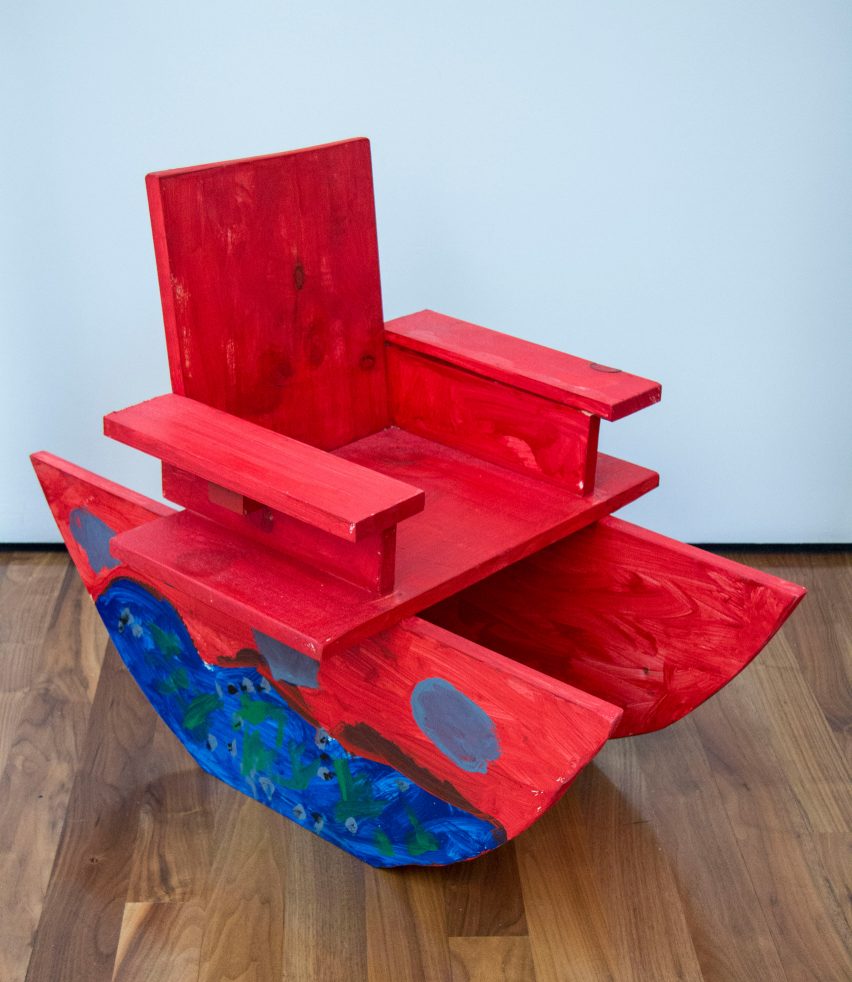
One child opted out of legs entirely and instead propped his seat on two semi-circles to create a rocking boat chair, with portholes drawn on its side and waves lapping the hull.
Another student was so enamoured by zigzag shapes they created a triple-height backrest that slants to and fro. There's even a design that places the user in a giant, gaping alligator mouth with teeth lining the armrests.
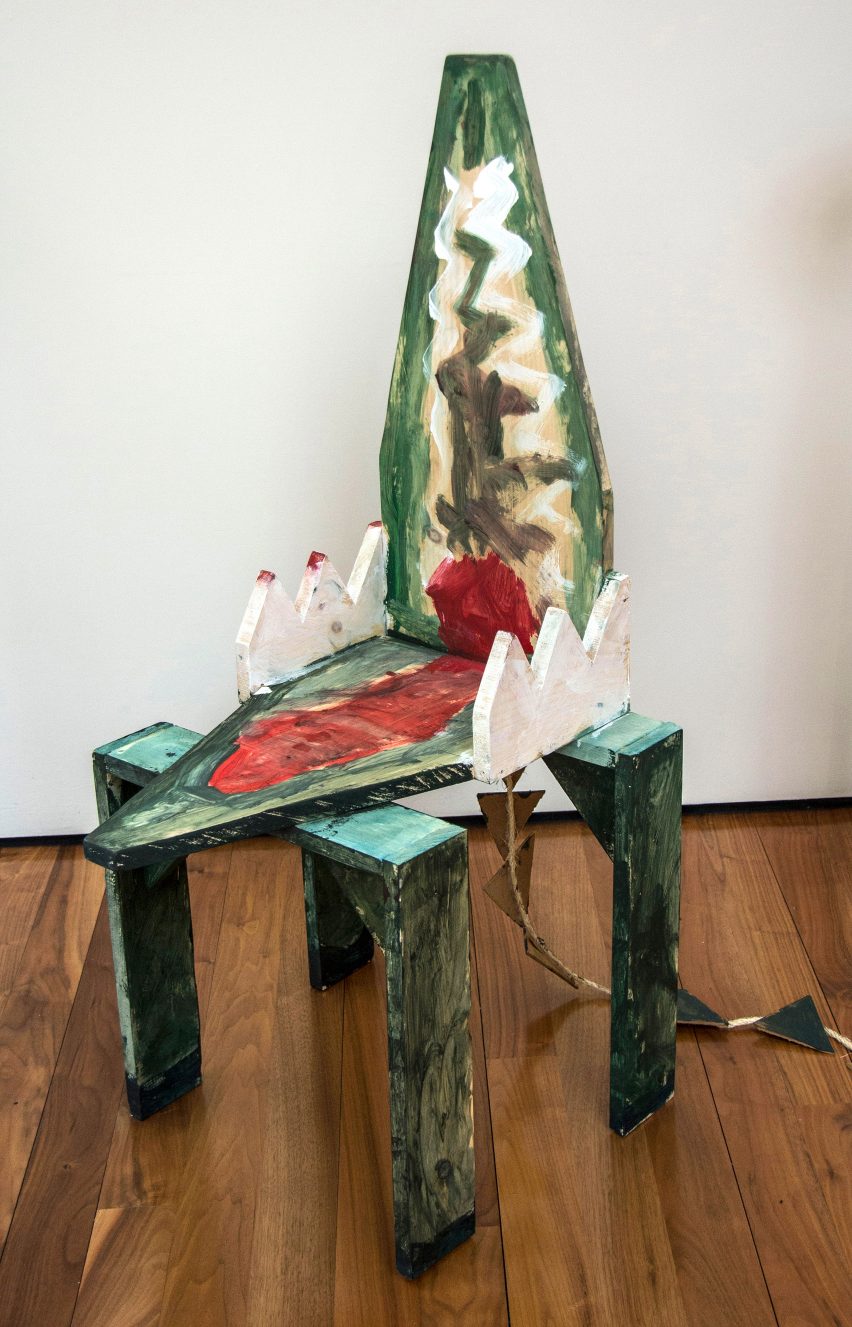
As part of the Grade Three Chairs project, Edelstein teaches his students the basics of woodworking – from how to clamp wood so it doesn't move, to how to cut it and nail pieces together.
"They cut all the wood themselves. They have a toolbox saw, which is a short version of a cross-cut saw. And I show them how to mark the wood and how to draw the line," he said.
"I need to help out sometimes so the wood doesn't move and no one gets hurt, but otherwise they do it themselves."
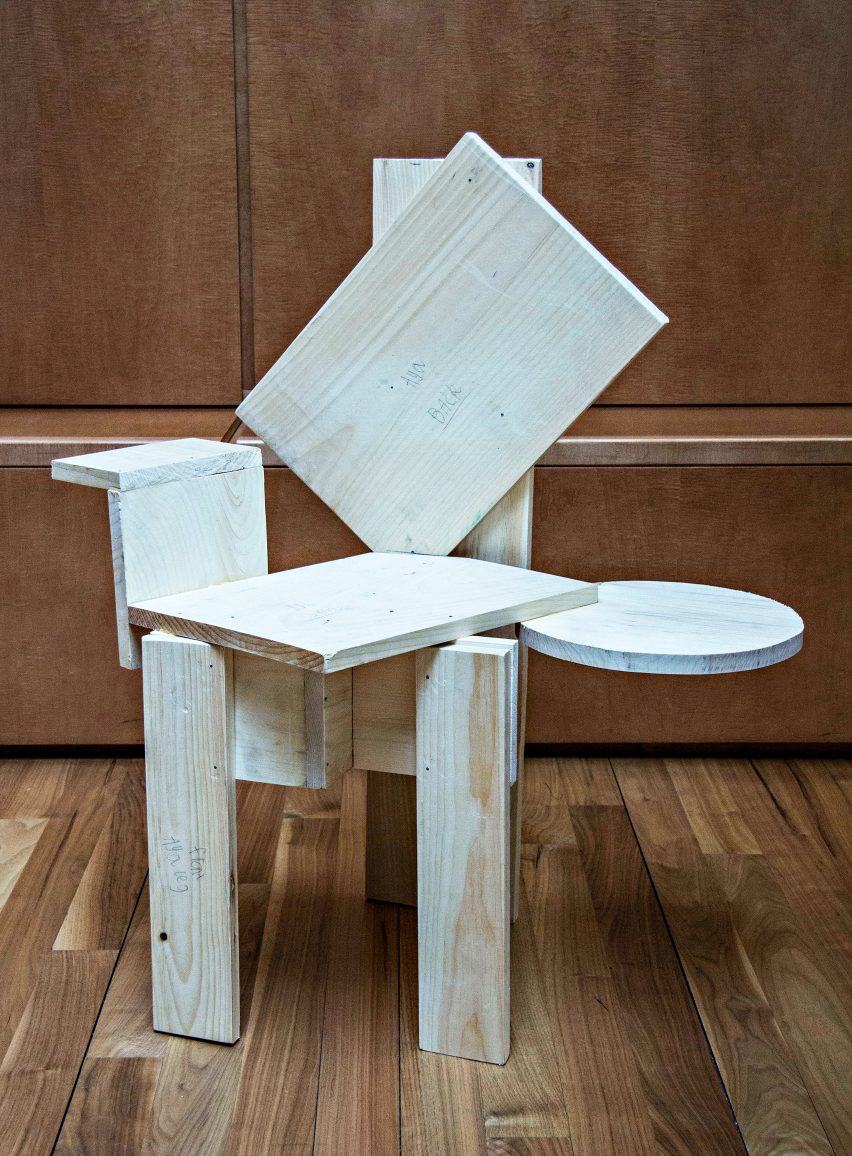
One of the students designed a tree-shaped chair with movable leaves attached via hinges, while one little girl was absolutely determined that all the parts of her seating design should be twisted and turned in different directions – from the diagonal back to the round, mismatched armrest.
"I was just floored that she even had this idea," said Edelstein, who is a trained sculptor. "It's so unique – no other student has ever approached it in that way. I photographed it before she painted it, so you could clearly see how she used the shapes."
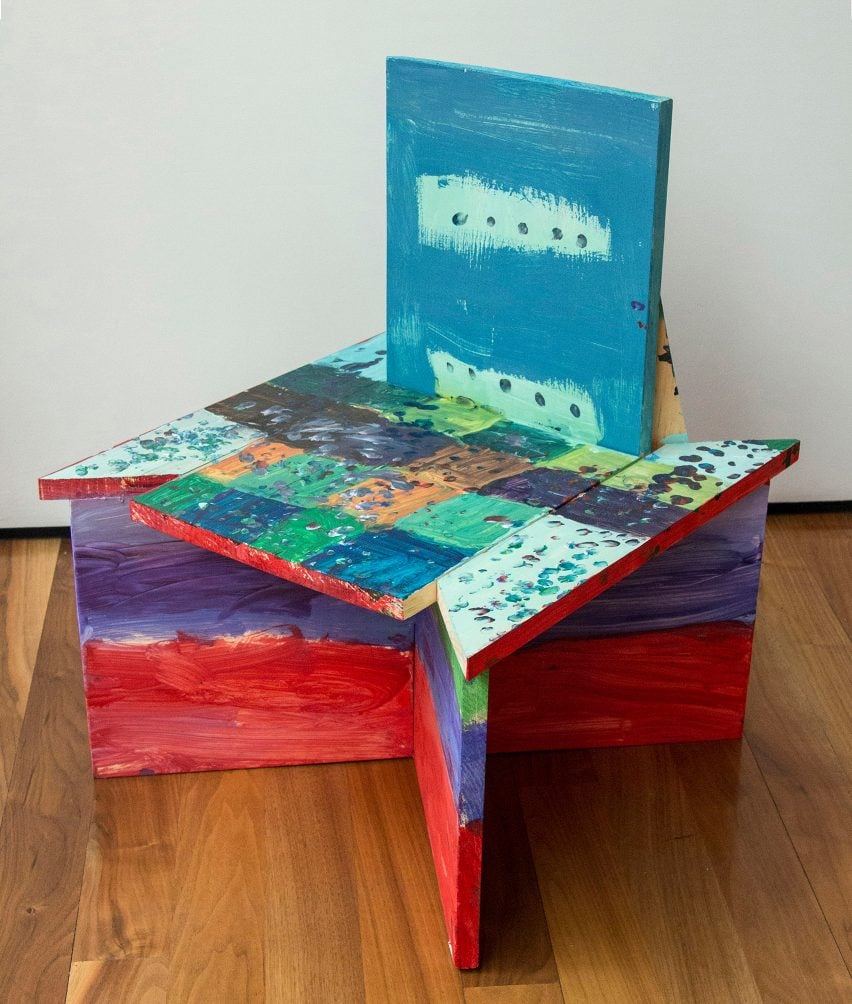
Before it comes to decorating the designs, Edelstein generally gives his students a quick lecture on how colours and patterns can be used to break up a surface and how staining and painting can create different opacities.
One child was so fascinated by this idea that they finished every surface in a different shade and texture, adding spots here, stripes there and even colouring in the very rim of the wooden planks.
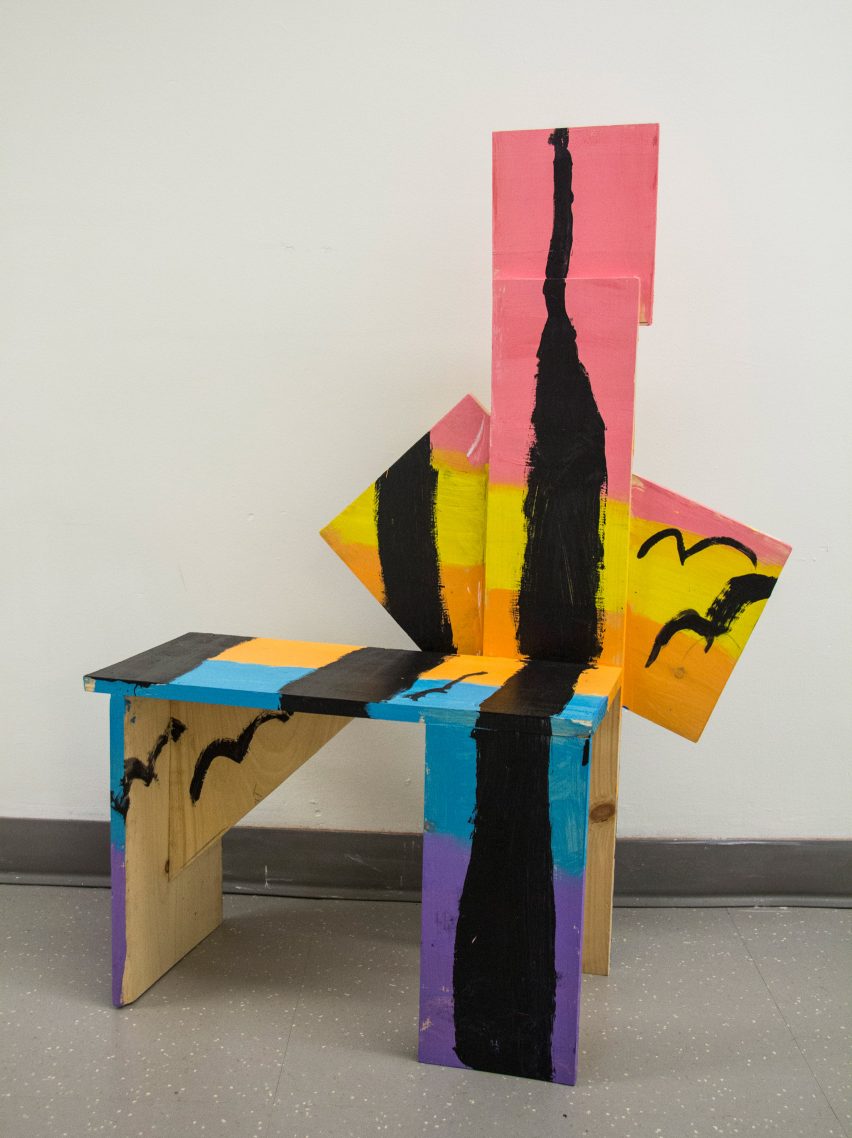
Another used the generous surfaces of their three-legged bench like a canvas, adorning it with bold streaks of pink, yellow and black. "It looks like an abstract expressionist painting in three dimensions," said Edelstein.
"When I started the Grade Three Chairs project, I factored in some time for the children to work out their ideas. But they just come up with things in a flash," he added
"They're very spontaneous and the results are so playful, exuberant even. And it's actually a lesson I think we can learn as adults: to trust our intuition and just go with it, not to question ourselves so much."
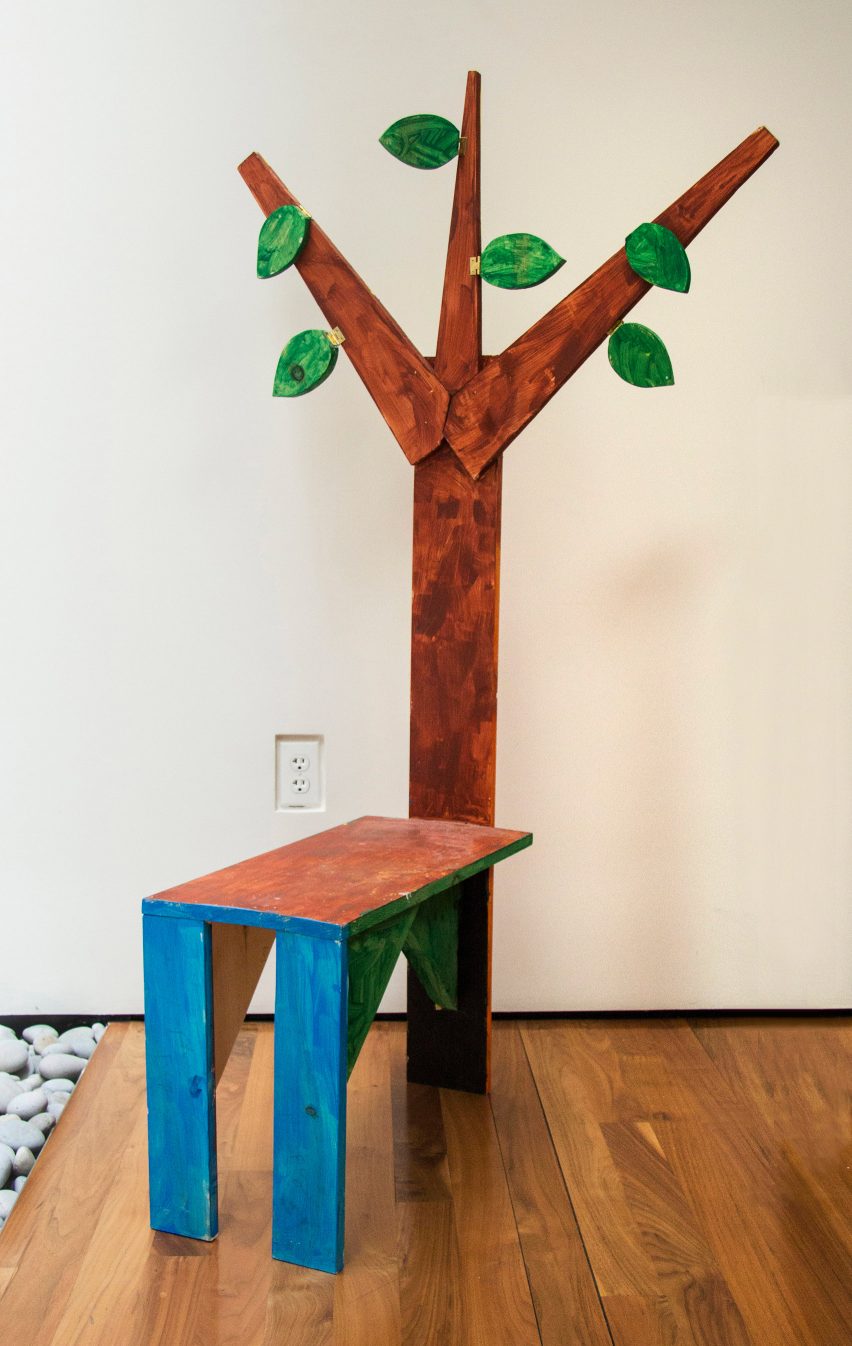
With the coronavirus pandemic confining children to their homes for long periods of time, a number of brands and studios have launched design and architecture-related activities to keep them occupied.
IKEA released a guide to turning its furniture pieces into DIY forts while Foster + Partners created a series of paper-based challenges that involve building a skyscraper and an entire city from the ground up.